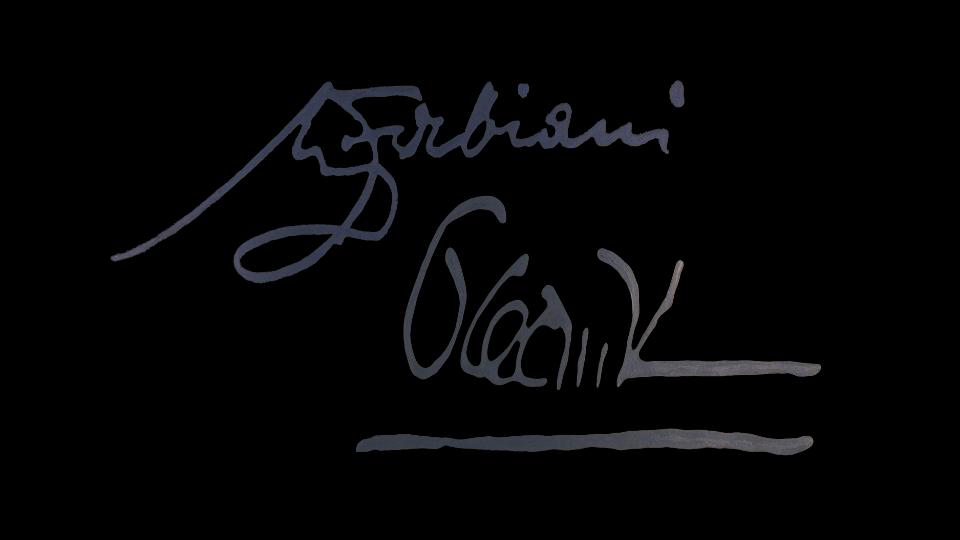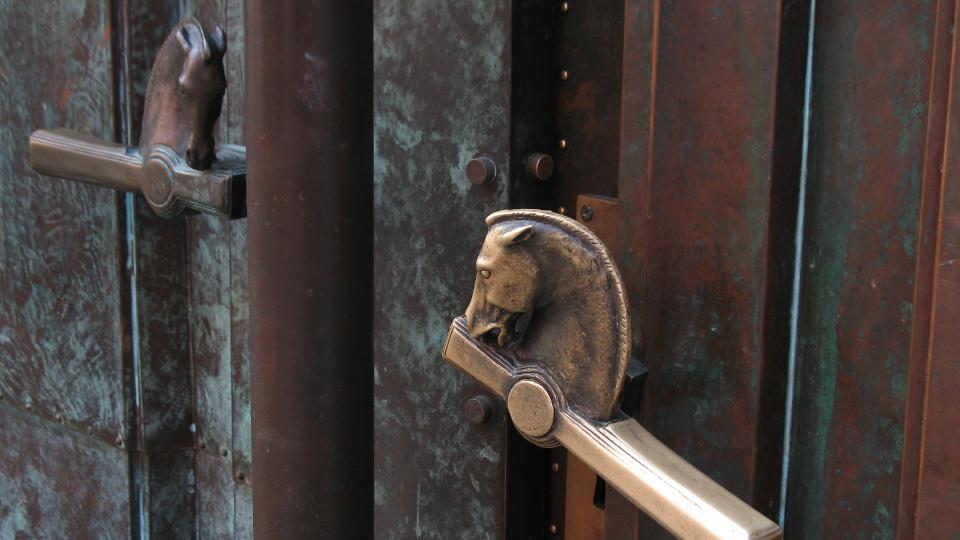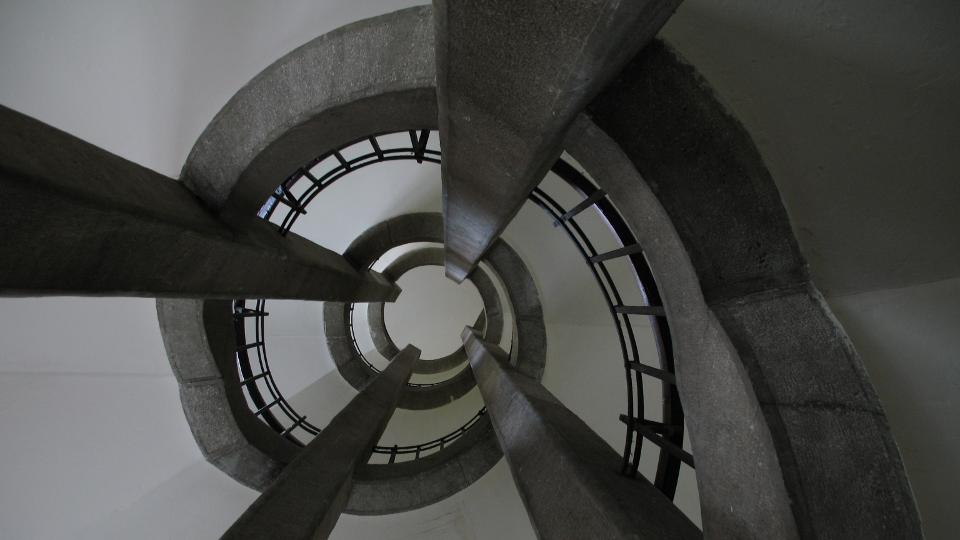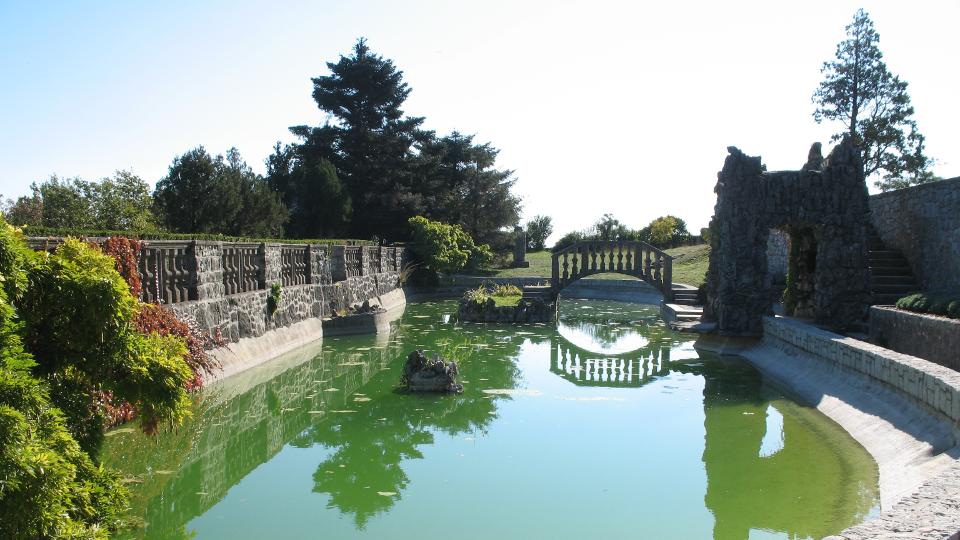



FABIANI VS. PLEČNIK
FABIANI : PLEČNIK
Maks Fabiani and Jože Plečnik, undoubtedly two of the most important Slovene architects, were also rivals. Their lives frequently intertwined, which was first shown in Amir Muratović's documentary film about them. It is a stylistic study, comparing their works and stressing the occasions when they copied each other, seized each other's commissions, though it also shows their deep mutual respect.
Maks Fabiani was the one to make the strongest impression on the urban design of the Slovene capital by planning the reconstruction of city after the 1896 earthquake. He drew the central ring and determined the view of the castle; he also recommended a relocation of the cemetery and the railway station. Plečnik often realised Fabiani's ideas in practice. Today, however, we only hear talk of Plečnik's Ljubljana.
They first met at Otto Wagner's studio: the older, Fabiani, was Plečnik's mentor. Fabiani helped Wagner write his outstanding book Moderne Architektur; his palaces Artaria and Portois & Fix are among the most beautiful Viennese buildings from the beginning of the 20th century. Fabiani and Plečnik were both awarded for the designs of Gutenberg's monument, yet in the end it was Fabiani who put them into practice. This was probably the cause for Plečnik's first grudges. He took his revenge on Fabiani by designing the Zacherl palace, one of the most important modern buildings in Vienna. Their façades were adjacent. Both architects also worked on the edifices surrounding St. Jacob's church in Ljubljana. There were times when coincidence brought them together and predestined their buildings for a similar fate. Fabiani got his commissions in the liberal circles, while Plečnik was commissioned for similar projects by the catholic ones.
Fabiani was a man of pleasure and a cosmopolitan; he was Franz Ferdinand's adviser in artistic matters. After World War I he resigned from the post of the most respected professor at the Vienna Technical College in order to help rebuild his demolished country. When Plečnik applied for the post with the crown prince he was turned down three times, and he put the blame on Fabiani. He only started teaching at the University of Ljubljana after having ascertained that they wouldn't meet there. While Fabiani was helping Ferdinand with the renovation of the Czech castle at Konopište, Plečnik used his unwavering stroke to create the present appearance of the Hradčani castle in Prague, commissioned by the Czech president Tomáš Masaryk.
In his designs, Fabiani used modern constructions and materials, including many luxury details. His Urania in Vienna is one of the city icons. He designed the National Hall in Trieste, turning it into the first multifunctional building in the world, a true miniature city. In 1920 it was burned down by the fascists because of its significance for the Slovene community in Trieste. The structure of Plečnik's National and University Library in Ljubljana was very similar, and it was likewise damaged by fire when an Italian postal plane crashed into it.
Plečnik was a master of ornamentation who didn't care for modernity. His students were covertly reading books on modern architecture. He appeared to be humble and shy, dedicated to hard work and suffering, yet for decades his charisma actually slowed down the development of Slovene architecture.
In old age, the two became friends again. That was when they met for a drink and agreed that the one still living would write a tribute to his dead friend. Fabiani did that in 1958, a year after Plečnik's death.
Fabiani's fellow countrymen reproached him for his poor use of the Slovene language, while in Italy he lost his job because he stressed his Slovene nationality. He was born in the Austro-Hungarian Empire and as such he was accepted by the Austrians as one of their own. Plečnik was convinced that he was often out of work in Vienna because of his Slavic origin and name. We see buildings designed by the two architects in Slovenia, Austria, Italy, the Czech Republic and Croatia. Their works prove that their timeless masterpieces defy borders, having been created with the help of Etruscan, antique, baroque and modern architectural know-how. They were both true Europeans.
The documentary film features the most outstanding experts telling us about the work of both architects: Dr. Peter Krečič, Dr. Damjan Prelovšek, Prof. Boris Podrecca, Ernesto Van Der Ham and Kristijan Muck. Fragments from the notes written by Jože Plečnik and Maks Fabiani represent a large portion of the text.The documentary was produced by the TV Slovenia Department of Educational Programmes and sponsored by the Slovene Ministry of Culture.